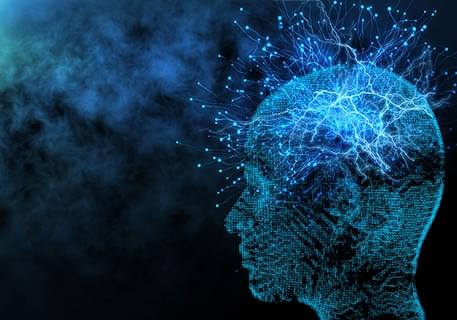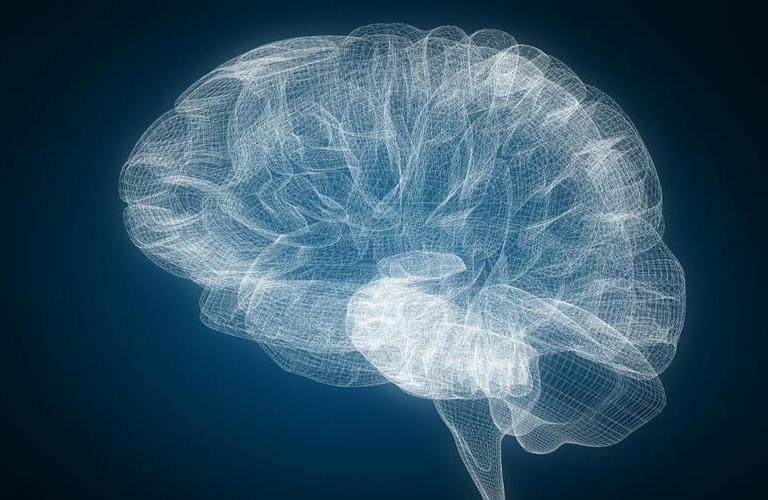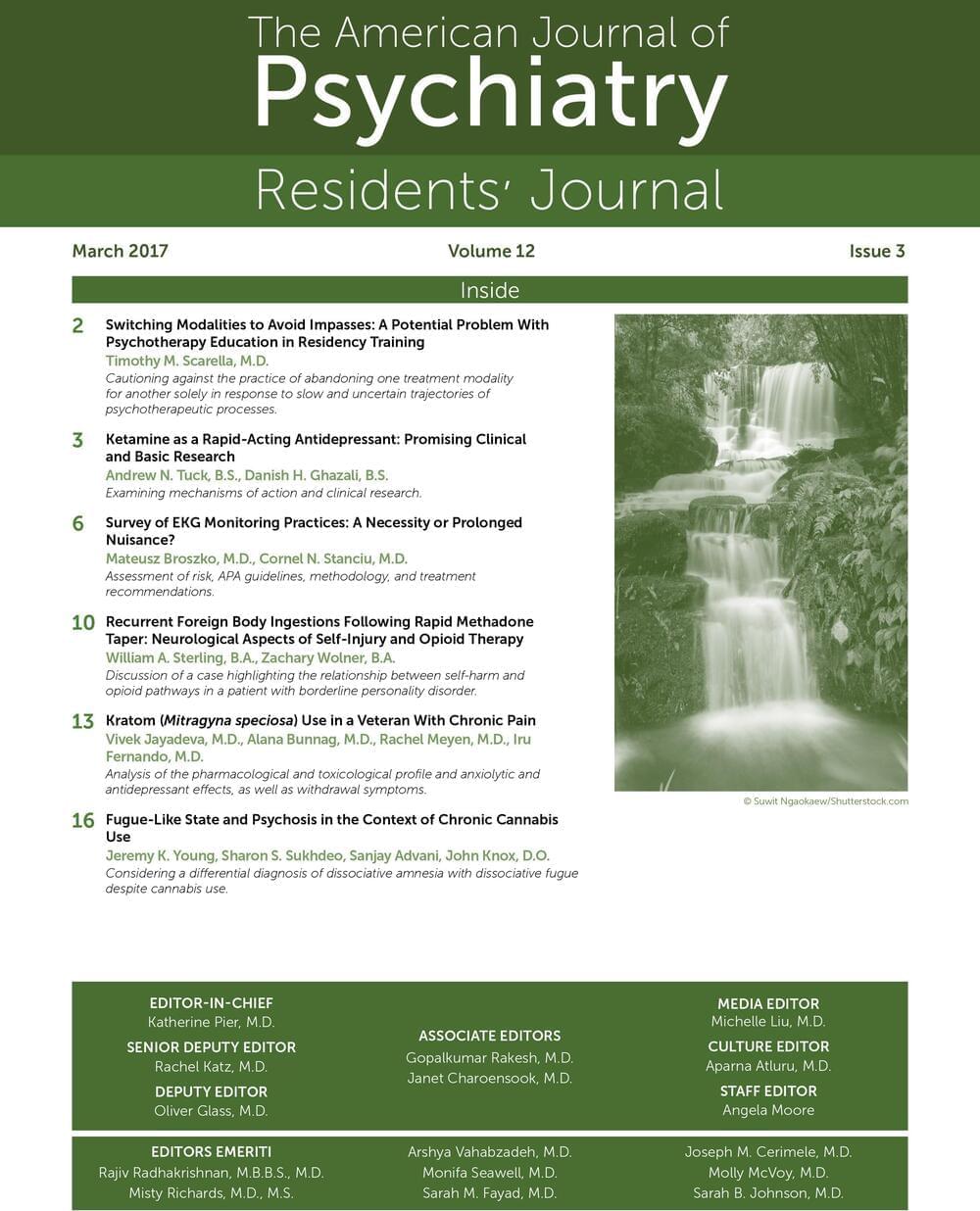It is designed to activate white blood cells found in the lymph nodes on the sides and back of the neck to migrate to the brain and trigger clearance of beta-amyloid plaques — one of the hallmarks of Alzheimer’s. I-Mab Biopharma (I-Mab) and Jiangsu Nhwa Pharmaceutical (NHWA) are responsible for the development, manufacturing and commercialization of Protollin.
The trial represents the culmination of nearly 20 years of research led by Dr. Howard L. Weiner, co-director of the Ann Romney Center for Neurologic Diseases at the Brigham.
“The launch of the first human trial of a nasal vaccine for Alzheimer’s is a remarkable milestone,” said Weiner. “Over the last two decades, we’ve amassed preclinical evidence suggesting the potential of this nasal vaccine for AD. If clinical trials in humans show that the vaccine is safe and effective, this could represent a nontoxic treatment for people with Alzheimer’s, and it could also be given early to help prevent Alzheimer’s in people at risk.”








